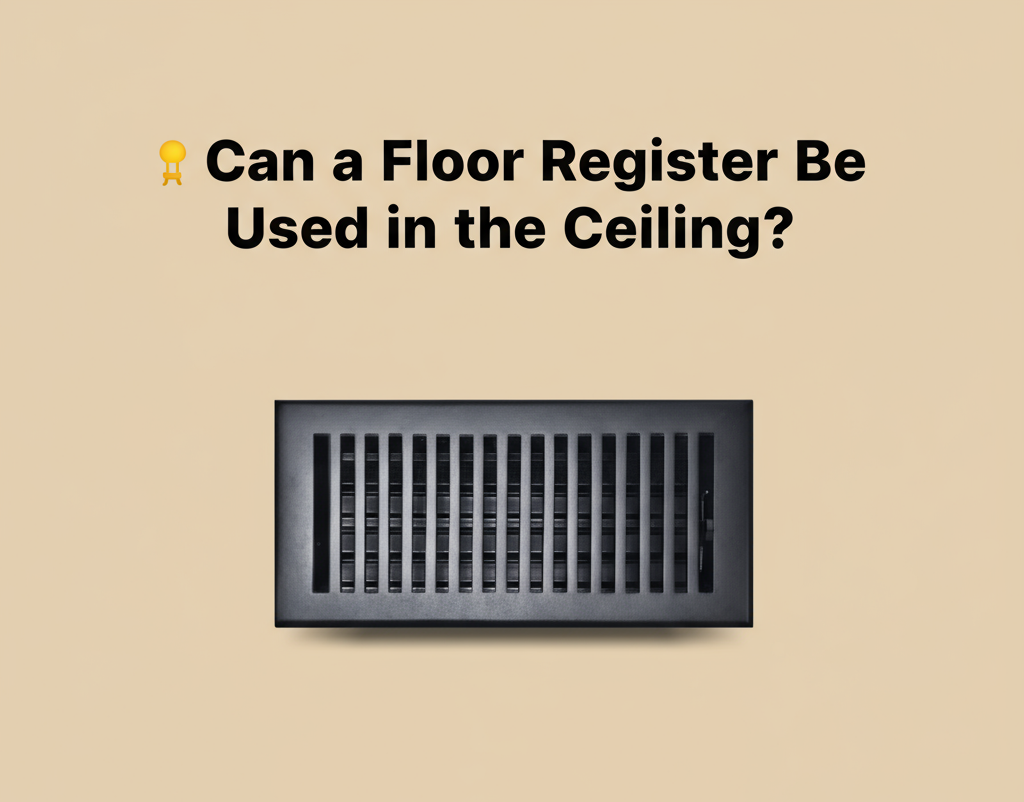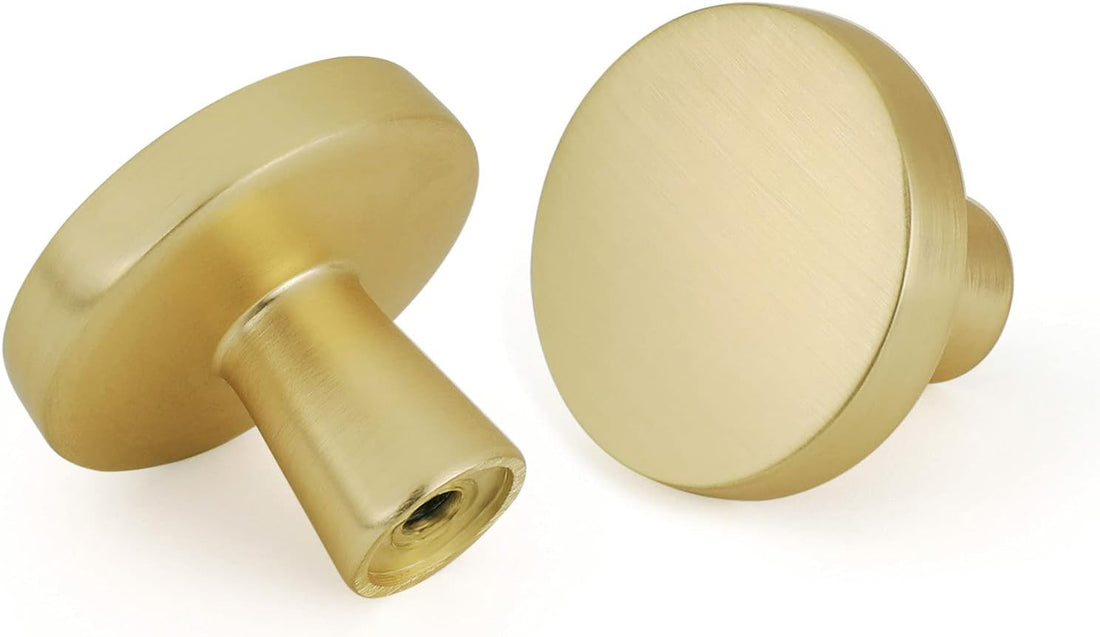Many homeowners face HVAC challenges—uncomfortable drafts, inefficient heating or cooling, or simply struggling to retrofit older homes with modern comfort systems. In their quest for solutions, some may wonder if a floor register-designed for horizontal surfaces—can be repurposed in the ceiling. This article explores the feasibility, risks, and better alternatives to help you optimize airflow and comfort in your home.

What Is a Floor Register?
A floor register is a vented cover, typically made of metal, wood, or plastic, that sits over an opening in your floor to regulate airflow from your HVAC system. Its primary functions are:
· Directing airflow: It evenly distributes warm or cool air into a room.
· Strainer and filter: Some models include a mesh screen to catch dust and debris, though this is not standard across all designs.
· Aesthetic appeal: They come in various finishes to match your flooring.
Floor registers are specifically designed for horizontal, ground-level installation, where they can withstand foot traffic, furniture, and other daily wear-and-tear.
Can a Floor Register Be Used in the Ceiling?
Technically, you can physically install most floor registers in the ceiling, but it is not recommended due to structural, functional, and safety reasons. Here’s why:
· Airflow direction: Floor registers are engineered to direct air upward or sideways, which is ineffective for ceiling installations that require downward or lateral dispersion.
· Durability: Floor registers are built to withstand pressure from above—ceiling registers, in contrast, need to be lightweight and securely mounted to avoid sagging or detachment.
· Aesthetics: The look and design of floor registers don’t always suit ceilings. However, some decorative or multi-surface registers are marketed to blend with both floors and ceilings, though these are exceptions rather than the norm.
· Safety: Using a heavy, metal floor register overhead increases the risk of it falling if not properly secured—a serious safety hazard.
Functional Differences: Floor vs. Ceiling Registers
|
Feature |
Floor Register |
Ceiling Register |
|
Airflow Direction |
Upward or sideways |
Downward or lateral |
|
Durability |
Reinforced for foot traffic |
Lightweight, designed for gravity load |
|
Material |
Metal (iron or heavy steel), wood, or plastic—often heavy for floor use |
Light aluminum, galvanized steel, plastic, or fiberboard |
|
Installation |
Snap-in, flush with floor surface |
Screwed or clipped, flush with ceiling |
|
Safety |
Must withstand pressure from above |
Must not sag or fall from above |
Key Considerations If You Still Want to Try
If you are determined to use a floor register in the ceiling, consider these factors:
· Airflow direction: The register may direct air upward, which is generally less effective for cooling rooms and can create drafts.
· Durability: Heavy materials pose a risk of falling or sagging; plastic options may be less hazardous but are not designed for ceiling use.
· Size and fit: Floor registers may not fit standard ceiling openings, requiring customization.
· Material: Heavy iron or thick steel registers are unsafe for ceilings; lighter aluminum or plastic may be less risky but are still not ideal.
· Installation safety: Ensure the register is securely anchored to prevent accidents—consider professional installation if you proceed.
Advantages and Disadvantages
Pros of Using a Floor Register in the Ceiling
· May work in a pinch if you have no other options available immediately.
· Wide selection of styles if aesthetics are your primary concern.
· Could be a temporary fix while waiting for a proper ceiling register.
Cons of Using a Floor Register in the Ceiling
· Ineffective airflow: Not optimized for ceiling installation, leading to poor comfort.
· Safety hazard: Heavy registers may fall; plastic ones may sag.
· Professional concern: HVAC technicians may flag this as not meeting best practices or local safety guidelines.
· Aesthetic mismatch: Designs are meant for the floor, not ceilings.
Better Alternatives
Instead of adapting floor registers, consider these purpose-built solutions:
· Ceiling registers: Specifically designed for overhead installation, with proper airflow direction and secure mounting.
· Return air grilles: For intake systems, these are made for ceiling placement.
· Adjustable diffusers: Offer precise airflow control and are ideal for forced-air systems in ceilings.
· Round or linear diffusers: Provide even air distribution and a modern look for ceilings.
All these options are widely available at hardware stores and online retailers, often at comparable prices to floor registers.
Practical Tips for Homeowners
· Maintenance: Clean registers regularly to maintain airflow and indoor air quality. Check ceiling registers for sagging or loose parts.
· Energy efficiency: Properly sized and placed ceiling registers improve HVAC efficiency and comfort.
· Consult professionals: If you’re unsure about installation, airflow, or safety, consult an HVAC specialist.
· Upgrade thoughtfully: If retrofitting your HVAC system, plan register placement for optimal airflow before finalizing any changes.
Conclusion
While a floor register can physically fit in a ceiling, it is not a safe, effective, or recommended solution. Ceiling registers and dedicated diffusers are engineered for overhead use, ensuring better airflow, safety, and aesthetics. Always choose the right register for the right location—your comfort, safety, and energy bills depend on it. When in doubt, consult a professional to ensure your HVAC system works at its best and your home remains a comfortable, healthy environment.
Ready to upgrade your HVAC system? Visit your local hardware store or consult an HVAC professional to find the best registers for your home’s unique needs. Invest in the right hardware—your future self will thank you!




